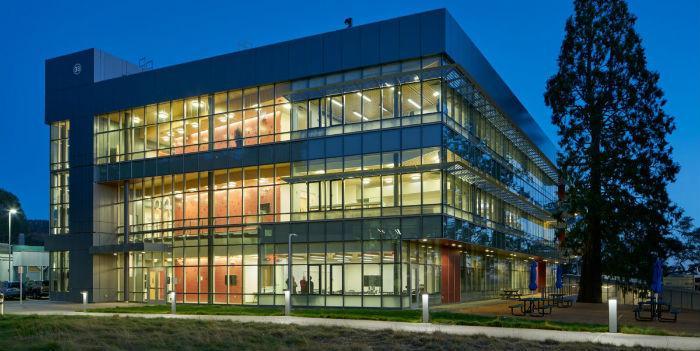 International. Scientists from the famous Berkeley Laboratory in the USA have created a perovskite material that can be used in photovoltaic glass applications, and that can modify its degree of transparency without diminishing its electronic properties.
International. Scientists from the famous Berkeley Laboratory in the USA have created a perovskite material that can be used in photovoltaic glass applications, and that can modify its degree of transparency without diminishing its electronic properties.
Scientists working with halide perovskites have created a material that acts as a stable solar semiconductor, and can change its level of transparency (from being fully transparent to non-transparent) with only slight changes in temperature or humidity levels.
The material, described in the paper "Thermochromic Halide Perovskite Solar Cells" published in the journal Nature Materials, was discovered fortuitously, as the researchers tried to improve the stability of the lead iodide methylammonium perovskite material, replacing methylammonium with cesium.
"This class of inorganic halide perovskite has incredible phase transition chemistry," said Peidong Yang, a professor in the departments of Chemistry and Materials Science and Engineering at UC Berkeley. "In essence, it can change from one glass structure to another when we slightly change the temperature or introduce some water vapor."
The researchers say that the two states of the material have exactly the same composition, but very different crystal structures. The phase change initially discovered was seen as a drawback, but the researchers were able to turn it into something potentially useful.
The material is activated to change from transparent to opaque with the application of heat. In laboratory experiments, the required temperature was around 100 ° C. Scientists say they are working to bring about the state change at 60°C. The reverse transition is achieved by adding moisture to the material. The researchers say they will also work on alternatives to this, such as voltage.
"The solar cell shows fully reversible performance and excellent device stability during repeated phase transition cycles without any color alteration or performance degradation," said Minliang Lai, a graduate student in Yang's group. "With a device like this, a building or a car can capture solar energy through a smart photovoltaic window."


























Leave your comment